
Graphene is the most promising new material out there, likely to revolutionize the way we do or build almost anything. It's pure carbon, and totally amazing. Trace shows us all the different ways this material could change life on Earth.
Bendable mobile phones, quick-charge batteries and unbreakable touch screens -- technology firms are racing to harness the potential of graphene, a wonder material that scientists say could transform consumer electronics.
At the same time though, it is 100 times stronger than steel, hugely pliable and can conduct electricity and heat better than anything else.
"There are other materials which do have one of those properties each," physicist Kostya Novoselov -- who first isolated graphene in 2004 -- said at the Mobile World Congress, the sector's biggest trade fair, in Barcelona.
"What is amazing here is that all those qualities are combined in one simple crystal.
Graphene is strong, lightweight, conducts electricity and resists rust.
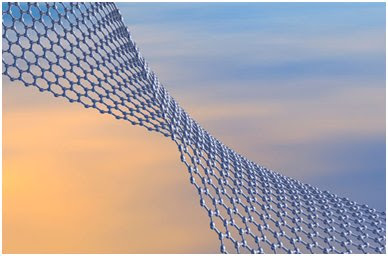
A fine sheet of pure carbon, graphene is as thin as an atom, making it the skinniest material known.
"Of course that immediately leaves us with a number of possible applications."
Novoselov, a Russian-born British citizen, and his colleague at Manchester University Andre Geim won the Nobel Prize for their work with graphene, sparking a flurry of interest in the new material.
The number of patents involving graphene soared from under 50 in 2004 to around 9,000 in 2014, according to Andrew Garland of research firm Future Markets, who puts out a twice-yearly report on the material.
"Most current applications of grapheme uses are in electronics," he said.
Samsung, the world's number one smartphone maker, has taken out the most graphene patents -- over 490 -- followed by China's Ocean's King Lighting and IBM.
While its real-world uses so far remain modest, research into possible applications for the material picked up steam in Europe after the European Union set aside one billion euros ($1.1 billion) in 2013 to be spent over ten years to investigate.
"We believe we require another ten years to get to the point where a lot of devices will start being on the market," said Andrea Ferrari, director of the Cambridge Graphene Centre at the University of Cambridge.
The trade fair in Barcelona for the first time had a pavilion dedicated to graphene research centers and start-ups, a sign of the growing importance of the material to the mobile industry.
Graphene is the most promising new material out there, likely to revolutionize the way we do or build almost anything. It's pure carbon, and totally amazing. Trace shows us all the different ways this material could change life on Earth.
Graphene is so pliable scientists predict it will one day make flexible phones possible.
British firm FlexEnable showcased a smartwatch prototype made using graphene that wraps around a user's wrist and features a full color LCD display that is capable of running video content.
"This sort of display technology is basically ushering in a completely new generation of mobile devices because we can start folding electronics," said the company's technical director, Mike Banach.
British tech firm Zap&Go, meanwhile, displayed a graphene charger for mobile phones and tablets that takes just five minutes to fully load with power.
The company is making 2,000 versions to give to journalists and to people who pre-order them, said the company's marketing director, Simon Harris.
"What we have here ultimately could replace the lithium-ion battery in billions of devices. It needs to come down in size and up in power," he added.
Graphene is so strong and thin that researchers believe they will one day be able to use it to make unbreakable screens for mobile devices.
"With just a few kilos you can replace all the touchscreens in the word. With just a few layers on top of each other you can support an elephant," said Vittorio Pellegrini, director of the Italian Institute of Technology's Graphene Labs.
"Graphene is really a material that allows our imagination to fly. There is no limit to what you can do," he added.
Top 10 Uses for the World's Strongest Material
1. Rust Proofing
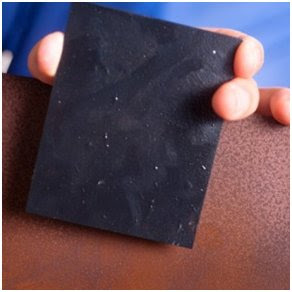
2. Speakers

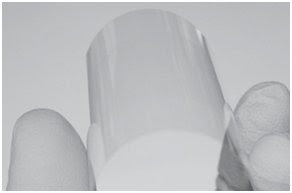
Further research on the new versatile carbon material at the University of Texas revealed that Graphene, less than a single nanometer thick, transmits heat energy from electrical currents to make sound. This is different from conventional speakers, which works by vibrating a diaphragm, because it can be made into any shape.
3. Supercapacitors
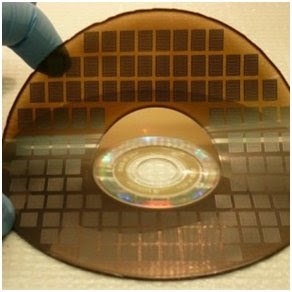
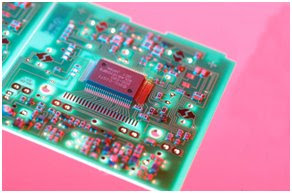
Graphene could change the inability of supercapacitors to hold much power per unit of weight – essentially reducing or eliminating the need for batteries. Whereas capacitors are currently made with layers of ordinary carbon to store a charge, Graphene can be etched with laser for more surface area which would allow a capacitor to store more energy. Plus, capacitors can go through more cycles than batteries before they fail.
4. Cleaning Up Radioactive Waste


An incredible discovery by the Rice University and Lomonosov Moscow State University states that Graphene oxide is excellent at absorbing radioactive waste. Microscopic bits of the material bind to radioactive waste to create clumps that are easily collected to be disposed of. This could also potentially be useful in the mining and natural gas drilling industries for cleaning up naturally-occuring contaminants generated in local water supplies.
5. Flexible Electronic Circuits
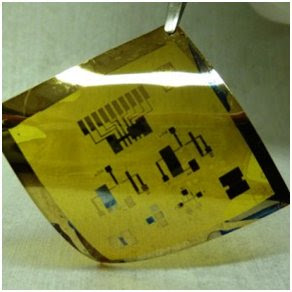
Currently, silicon semiconductor chips process the binary code that make up digital information. However, Graphene conducts electricity better than silicon, meaning it has the potential to process binary code faster. IBM has already developed a working Graphene processor for wireless devices which could hit the markets in the next five years.
6. Artificial Muscles
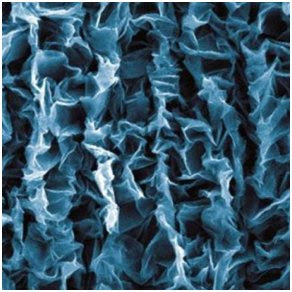
This potential was discovered by Duke University scientists who realized that sheets of Graphene is easy to crumple like paper, but they are difficult to flatten out. The scientists attached it to a pre-stretched rubber sheet. When the sheet relaxed the the material still adhered to the rubber even when it was crumpled up. After this, they layered it with polymer that expanded and contracted when a current was run through it.
7. Finding Explosives
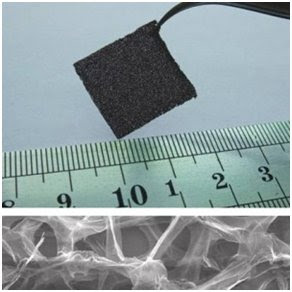
E-Fabric Lights Up When It Detects Deadly Gas. Graphene foam can pick up small concentrations of nitrates and ammonia in explosives. Due to this, Rensselaer Polytechnic Institute developed a sensor the size of a postage stamp which could likely be a regular part of bomb squad kits one day.
8. Sequencing DNA
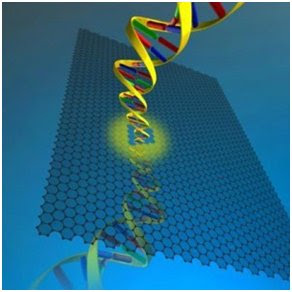
Rather than using costly sequencing genome machines and techniques, Graphene could filter and sort DNA molecules by size. How? This “filter” could be created by controlling the size of pores in it.
9. Bulletproof Vests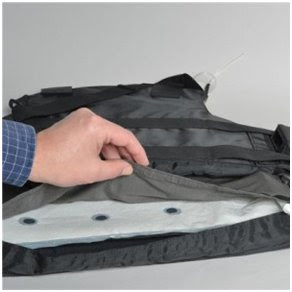

Using a composite fiber made up of Graphene and Carbon nanotubes, Australian researches found that this compound was stronger than Kevlar. By adding an equal amount of Graphene and Carbon nanotubes to a polymer, created an incredibly strong fiber with the ability to be spun into fabric for bulletproof vests and other materials.
10. Night Vision

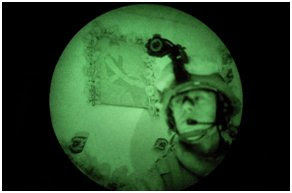
Graphene products could lead to thinner camera lens and lighter weight night vision goggles that are ultra-sensitive. Since photo-dectors are computer chips made of silicon, it is unsurprising that, Graphene could create a more efficient and sensitive product.

